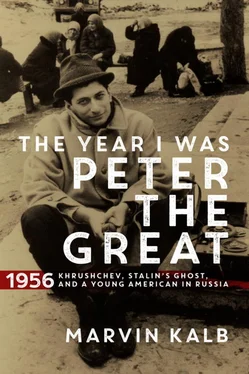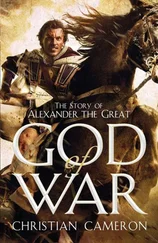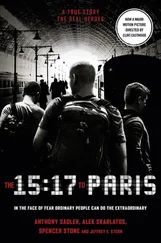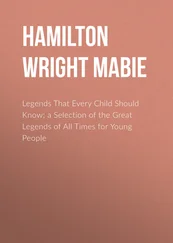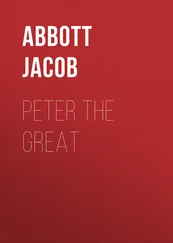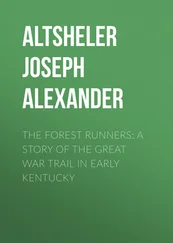After dinner I walked over to Gorky Park, bought an ice cream cone, and sat on a bench, watching the people of Samarkand walk by. No more than a minute or two passed before two Uzbeks joined me. One was talkative, the other silent but clearly interested. They worked on a nearby collective farm. They came to Gorky Park almost every evening.
“Where are you from?” the talkative one asked.
“America,” I answered, and watched as his jaw dropped.
“I want to travel to America,” he said with excitement. “Now we can, you know. Now we can do many things we couldn’t do before.” He grinned with satisfaction. “Oh, things are much better now. Things are much better.” He repeated his last sentence, almost as if he was trying to convince himself that indeed they were much better.
I asked, “So you are now confident that things will get better?”
He answered, “They must. We cannot go back again. There have been too many going-backs. Now we must go forward to better things. The ‘pope’ is dead, and now things have to be better.”
He paused, and looked up at me. “Don’t you think so?” he asked in a plaintive tone.
“Of course,” I replied. “Of course.”
“Oh, God, I hope so,” he said.
His friend, looking at his watch, leaned over and whispered something in his ear. “Oh, I forgot,” the talkative one exclaimed, “we’re going to the movies tonight.” They both shook my hand, looked me in the eye and, with a friendly wave, left.
* * *
I had asked myself when I arrived in this historic city whether twentieth-century Samarkand could somehow match the allure of fifteenth-century Samarkand. My answer was no. The beauty of old Samarkand had an unmatchable allure, if it was fully restored, and the Russians were making a good-faith effort to do this. But the effort, in my judgment, would ultimately fail, because everything imposed by communism ended up being corrupted by the underlying injustice, arbitrariness, and cruelty of the system. Old Samarkand, even if restored, would probably look like an artificial tourist trap, a prop against the cheap reality of the new Samarkand.
* * *
It was a short plane ride from Samarkand to Bukhara, but it took me to a backwater town that was clearly not a priority concern for Soviet authorities. Why it had recently been opened to foreign tourists and diplomats was puzzling. It was not ready for prime time. If Tashkent and Samarkand could charitably be described as “Soviet” in appearance, a mix of old and new, Bukhara was only old, an apparently untouched relic of a much earlier time. Even the usually bright red communist posters urging fulfillment of the sixth five-year plan, which were everywhere, had already faded to a pale pink. The airport lacked a paved runway and the terminal building looked withered, hardly a welcoming mat for an arriving tourist. The road to the city was also unpaved, and the city itself was old and tired, like the donkeys that meandered through the central square. My hotel, the best in town, I was assured, resembled a large outhouse, or so I wrote in my diary at the time. The odor was oppressive, and the rooms felt cramped. None had a bathroom. Near the city center was an old mosque that had been converted into a pool room with three tables. Another mosque now housed the directors of the political indoctrination center.
If Peter the Great had been on my plane, he would not have been surprised by the city’s sagging skyline. I had the impression that not much had changed since 1717, when the ambitious czar sent his army to central Asia in an unsuccessful effort to conquer the Khanate of Bukhara. The Khanate, though backward, proved to be an agile and stubborn foe. Not until 1868, when General Konstantin von Kaufmann led the Russian army in attacks against both Samarkand and Bukhara, did the czar succeed in extending Russian power into that corner of central Asia.
In his book Eastern Approaches (published in 1949), Fitzroy Maclean, a Scottish writer, diplomat, and explorer, described Bukhara as an “enchanted city” whose edifices rivaled “the finest architecture of the Italian renaissance.” He had visited Bukhara in 1938. Could Bukhara have changed so drastically in eighteen years? I had my doubts. Maclean must have been a very generous guest, whose imagination was constrained by the requirements of British diplomacy.
The streets were dirty and dusty and ran in odd patterns. Women adjusted to the heat by wearing dark, heavy khalats , their faces hidden behind veils, their heads down. The men wore white turbans wrapped loosely around their heads. Everyone was going somewhere, and yet seemingly nowhere. I had hoped that Bukhara might be another Samarkand, but I was wrong. One was a city of promise, the other a city forgotten in the desert sun. The marketplace had none of the outdoor charm of the Samarkand market. Here the marketplace was indoors, functioning under three round, hollow stone covers, looking from a distance like three huge walnut shells placed upside down near the center of the city.
Nothing I saw in the architecture of Bukhara reminded me of the Italian renaissance. Near the marketplace was the blue-bordered Kalyan minaret, built in 1120. Its nickname was “the tower of death” because criminals were executed by being thrown from the top. “It was more than a ‘tower of death,’” my guide said. It also served as a watchtower to alert Bukharans to a foreign attack, a dust storm, or an approaching trade caravan. Now it stood as a mute symbol of a dead culture.
Nearby was another Registan, desperately in need of a facelift but easily the most impressive building in town. Like its parent model in Samarkand, it was built during Ulugh Beg’s rule to serve as a madrasah, or religious school, for roughly forty-five students at a time, each admitted for eight years.
“Can one study Islam now?” I asked.
“Of course,” the guide answered.
“Where?” I asked.
“Somewhere,” he replied. “Somewhere in Bukhara.”
“Can we go there now?”
“No,” he said, looking at his watch. “No time for such a visit.” As we walked away from the Registan, I noticed that Uzbeks were playing basketball in the back. In an adjacent building grain was stored.
I had heard much about the rug weavers of Bukhara, but for some reason, they, like the religion students, were “somewhere in Bukhara” and unavailable.
“What about the Jews of Bukhara?” I asked. “I have been told they are a thriving community here.”
My guide, uncertain about the party line on the Jews of Bukhara, mumbled, “Maybe tomorrow. Maybe tomorrow we can see the Jews.”
I realized that my guide was not the most courageous Uzbek in town. If I was to see the Jews, I would have to make my own arrangements. I pretended to be tired and returned to the hotel, a decision so pleasing to my guide that his face broke into a wide grin. “Yes, and one must be careful about the sun,” he observed. “Too much sun, no good.” When we got to the hotel, he vanished, assuming, I guess, that I was going to take a nap.
But instead, after a half hour or so, I left the hotel and walked down Lenin Street, crowded with Uzbeks and Tajiks, Armenians and Russians, Germans and Jews, all hustling either to the market or home. I was at least a head taller than everyone else, and I was looking for a sympathetic face, someone who could tell me where the Bukhara synagogue, known to be one of the oldest in the world, was located. In this swirl of humanity, one such face miraculously materialized: it was dark from the sun but European in shape, and its eyes were amazingly blue. I looked at him, and he looked at me, and he seemed to beckon for me to follow him. Not a word was exchanged. I followed him for a few busy blocks, all of them lined with brown clay buildings.
Читать дальше
